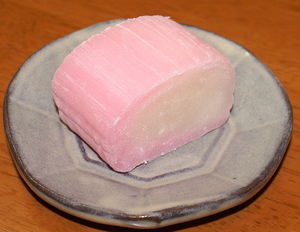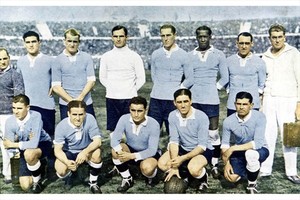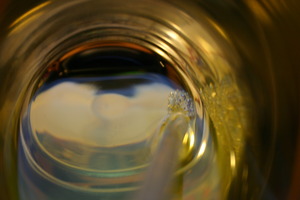When you think of a Japanese tea ceremony naturally you assume it’s only tea that is served. Sometimes sweets and a light meal are served along with it. There is a lot that goes into the preparation and the art of a tea ceremony. Much has been written about the history and what a tea ceremony is. We’ll look into the social side of a Japanese tea ceremony that is not commonly mentioned. Now you can look into this Japanese cultural art form in a whole different light.
Overview of the Japanese Tea Ceremony
European foreigners who came to Japan in the 16th century were introduced to a new way of an ancient practice of serving tea with food to guests. This had been developed by Sen no Rikyu. The foreigners began to incorporate this style of tea practicesinto their life in Japan. There are three dimensions one experiences in a Japanese tea ceremony. The first as a social event, secondly where it stresses aesthetics and lastly with regards to Zen Buddhism.
Socially it is anywhere from one to numerous guests who participate in chakai where a small informal meal, along with tea and sweets are served. For the formal meals it is called chaji. The aesthetics refers to the surroundings in the tea ceremony from the appearance of the foods, the utensils and decorations of the tea house. Even though it is optional the religious quality to a tea ceremony is much like having a meal during a religious event like Hanukkah, Passover, Christmas or Easter.
Mochi (Japanese sweets)
Traditionally the sweets are served before the green tea or matcha. The reason for this is the green tea is very bitter to drink by itself. When you have a sweet or mochi it helps balance the tea’s bitterness. Think of it when you drink certain wines with certain foods. This helps compliment the food you are eating and the wine you are drinking.
The Japanese sweets that are served in tea ceremonies are made from glutinous rice. Sometimes the rice is mixed with a sweet red bean called azuki. One thing you’ll notice the colors of the sweets correspond to the season of the year. For spring the sweets are pink to represent the cherry blossoms. A mochi will be wrapped in a cherry blossom leaf.
Kaiseki (a light meal during a tea ceremony)
The meal served during a tea ceremony is called kaiseki. Usually there is a theme to them such as a type of flower. Vegetables, fish and meat are served as part of the menu. Great care is taken in selecting the dishes and the freshest ingredients by using only what is in season. Also, the ingredients represent from where they came from: rivers, mountains, oceans, fields and forests.
There are multiple courses in kaiseki, so here are some of the highlights. Yuzu starts it off with a fragrant citrus brew. Chasoba-zushi, which is a green tea sushi soba rolled in cucumbers, shiitake mushrooms, pickled radish and mountain potato. You won’t find this kind of sushi at your favorite sushi restaurant. Soup, tofu and Japanese squash are also part of the meal.
Last but not least it ends with the “stop bowl” of Japanese pickles or konomono. Its purpose is not to be a filling meal even though there are multiple dishes served. They are served in appetizer sizes, so as not to leave anything on the plate. The food is to be pleasing to the eye as it is to the palate. In a way it is much too pretty to eat. All you want to do is look at it.
SOURCES:
Japanese Tea Ceremony, Japan-Green-Tea.com
Japanese Tea Ceremony Procedure and History, Chinatown Connection
Pretty and Proper Foods Accompany Japanese Tea Ceremony, The Asian Grandmothers Cookbook




